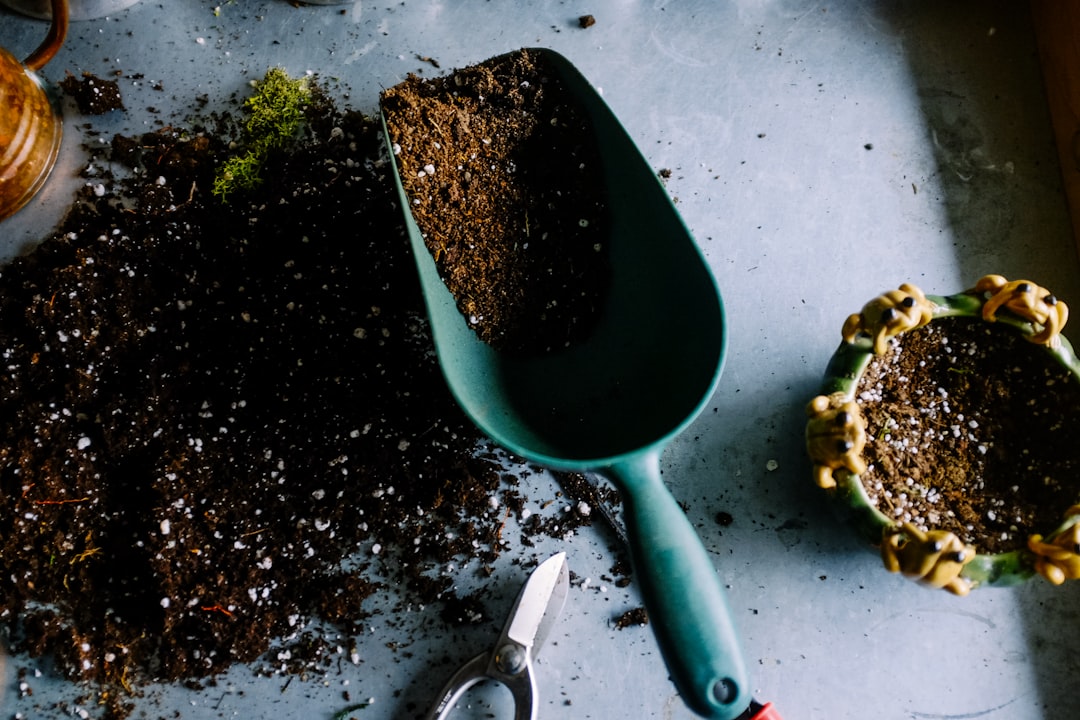The secret to healthy houseplants lies beneath the surface—quite literally! Choosing the right soil and understanding your plant's drainage needs is crucial for its growth and overall well-being. The wrong soil can lead to overwatering, root rot, or stunted growth, while the right one creates a thriving environment for your leafy friends.
In this post, we’ll explore the different types of houseplant soil, how drainage works, and how to match soil and drainage needs to your plants.
Why Soil and Drainage Matter
Soil isn’t just dirt—it’s the foundation of your plant’s health. It provides nutrients, supports the root system, and regulates water retention and airflow.
Drainage plays a key role in preventing water from pooling at the roots, which can lead to rot and fungal problems. Different plants have unique soil and drainage requirements, and understanding these needs is essential for successful plant care.
Types of Houseplant Soil
Here are the most common types of soil mixes you’ll encounter and their specific uses:
1. All-Purpose Potting Mix
-
What It’s Good For: This is the go-to soil for most houseplants, offering a balance of water retention and drainage.
-
Best For: Philodendrons, pothos, spider plants, and other general houseplants.
-
Pro Tip: Look for a mix that includes perlite or vermiculite to improve aeration.
2. Cactus and Succulent Mix
-
What It’s Good For: A sandy, fast-draining soil that mimics the arid environments where cacti and succulents naturally grow.
-
Best For: Succulents, cacti, and other desert plants.
-
Pro Tip: You can DIY this mix by combining regular potting soil, sand, and perlite in equal parts.
3. Orchid Mix
-
What It’s Good For: A chunky, well-aerated mix made of bark, charcoal, and sometimes sphagnum moss. Orchids have aerial roots that require plenty of airflow.
-
Best For: Orchids, of course!
-
Pro Tip: Soak the mix in water before use to make it easier for orchids to absorb moisture.
4. Peat-Based Mix
-
What It’s Good For: A lightweight mix that retains moisture while providing good drainage.
-
Best For: Plants that like consistently moist soil, like calatheas and ferns.
-
Pro Tip: Be cautious with peat; it can become hydrophobic (repel water) when dry, making it harder to rehydrate.
5. Compost-Enriched Soil
-
What It’s Good For: A nutrient-rich mix ideal for plants that need a nutrient boost.
-
Best For: Edible plants, herbs, or flowering houseplants like peace lilies.
-
Pro Tip: Mix with other soils for better drainage and airflow, as compost alone can be too dense.
Understanding Drainage Needs
Each plant has unique water and drainage preferences. Some love their roots moist, while others prefer dry soil. Matching the soil and drainage setup to your plant’s natural habitat is key.
Plants That Need Excellent Drainage
-
Succulents and cacti: Thrive in sandy, fast-draining soil.
-
Snake plants: Prefer soil that dries out completely between waterings.
Drainage Tip: Use pots with drainage holes and layer the bottom with small stones or coarse material to prevent waterlogging.
Plants That Like Moisture
-
Ferns, calatheas, and peace lilies: Need soil that retains water but doesn’t stay soggy.
-
Orchids: Require a mix that holds moisture while providing plenty of airflow.
Drainage Tip: Add sphagnum moss or coco coir to soil for better moisture retention.
How to Improve Soil Drainage
If your current soil isn’t draining well, here are some easy fixes:
-
Add Perlite or Vermiculite: These materials improve aeration and drainage.
-
Mix in Sand: For desert plants, adding sand helps mimic their natural environment.
-
Use a Layer of Pebbles or Stones: Place them at the bottom of the pot to prevent the soil from sitting in water.
-
Repot Regularly: Over time, soil compacts and loses its ability to drain effectively. Repot your plants every 1-2 years to refresh their soil.
Matching Soil to Your Plant
Here’s a quick cheat sheet to match common houseplants with their ideal soil and drainage setup:
-
Monstera and Philodendron: All-purpose potting mix with added perlite for aeration.
-
Succulents and Cacti: Cactus and succulent mix for excellent drainage.
-
Ferns and Calatheas: Peat-based mix for moisture retention.
-
Orchids: Orchid mix with plenty of airflow.
Conclusion
Understanding your houseplant’s soil and drainage needs is the first step to helping it thrive. By choosing the right type of soil and ensuring proper drainage, you’ll create an environment that supports healthy roots, vibrant growth, and a longer lifespan for your plants.
Experiment, observe, and don’t be afraid to adjust your soil mix as needed—your plants will thank you with their lush, green presence!
Have you found a favorite soil mix or a drainage hack that works wonders? Share your tips in the comments below!

Comments
No comments yet. Be the first to comment!
You must be logged in to comment. Login